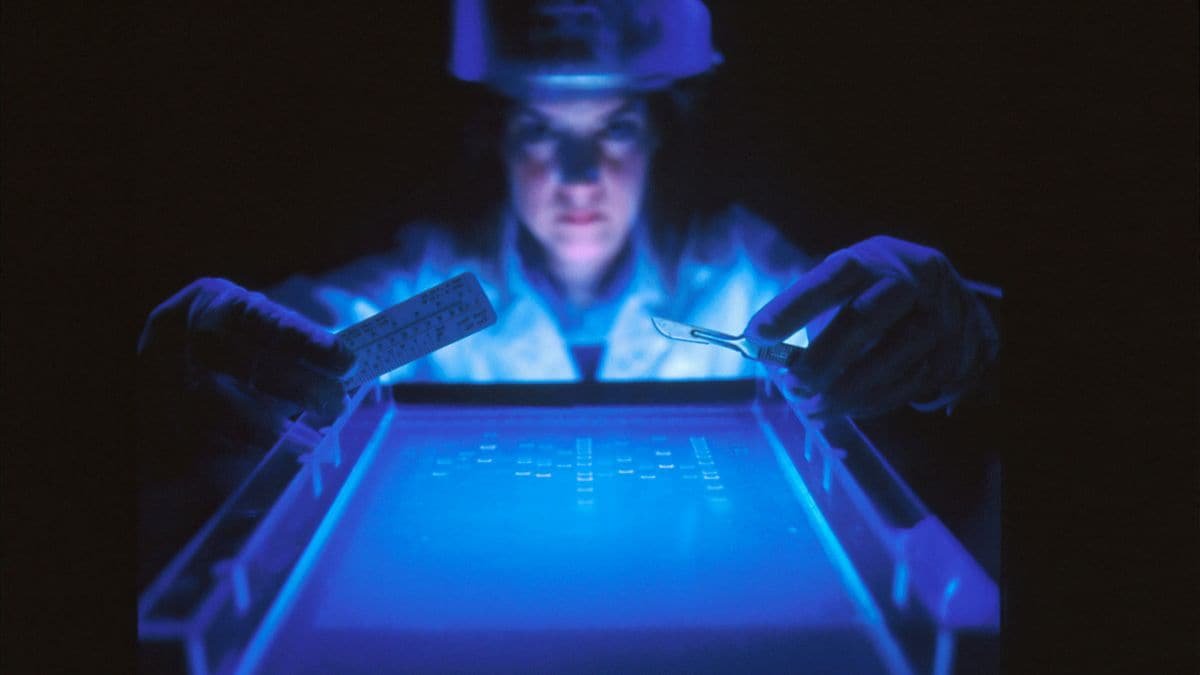Two-Step Photocatalytic Process Explored
The research was revealed within the journal Frontiers in Science. Reports point out that the reactor, which covers an space of roughly 100 sq. metres, employs a two-step photocatalytic course of to separate water into its primary parts. This differs from current one-step programs which were criticised for his or her inefficiency. By utilising a extra refined design, the analysis workforce demonstrated increased effectivity underneath pure daylight in comparison with laboratory-controlled ultraviolet gentle situations.
In a statement to the media, Takashi Hisatomi, a researcher at Shinshu University, mentioned that the reactor’s photo voltaic power conversion effectivity was 1.5 occasions higher in real-world daylight situations. Hisatomi added that areas with increased ranges of short-wavelength daylight may doubtlessly see even higher outcomes from this technique.
Challenges in Efficiency and Safety
Despite the encouraging progress, the present effectivity of the system stays a major barrier. Kazunari Domen, a chemistry professor at Shinshu University and the research’s senior writer, defined to media retailers that underneath customary situations, the reactor achieves only one% effectivity. To make the system commercially viable, effectivity would have to be elevated to five p.c or increased.
Safety considerations have been additionally highlighted, because the hydrogen manufacturing course of generates oxyhydrogen, an explosive by-product. However, the two-step course of gives strategies for its protected disposal. Domen said that developments in photocatalyst design and scaling up reactor dimension are vital subsequent steps.
The breakthrough gives a glimpse right into a way forward for sustainable power, although substantial work stays to attain sensible software.




